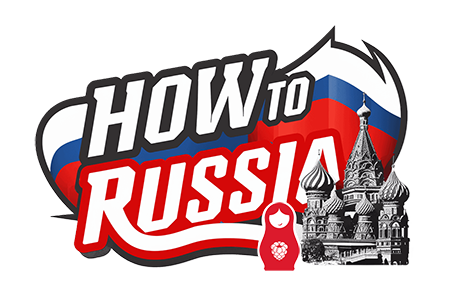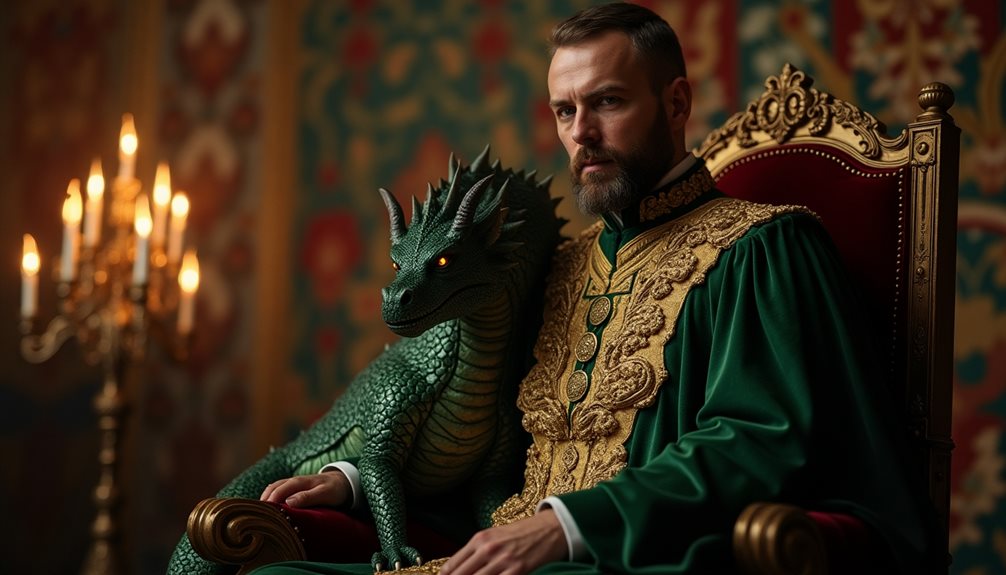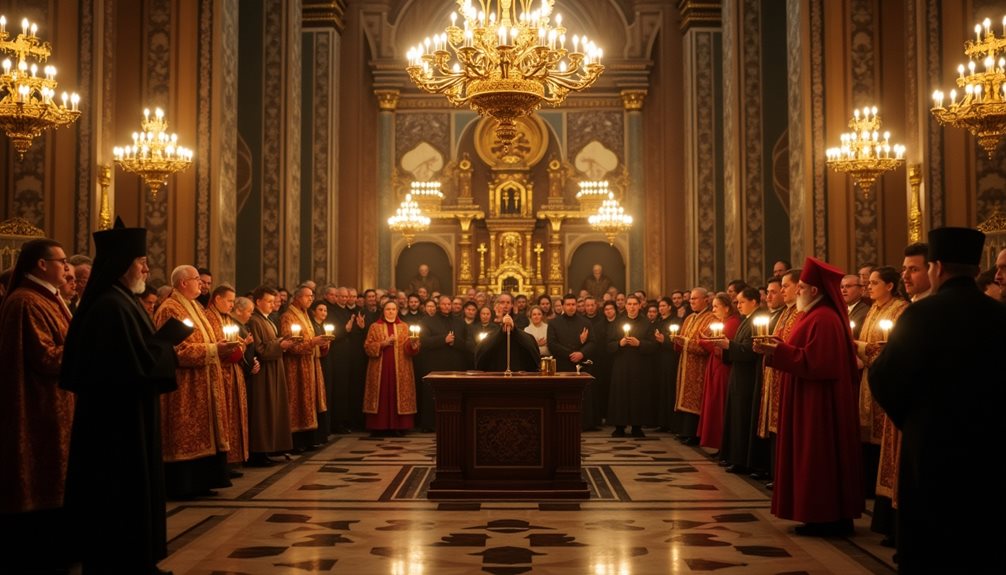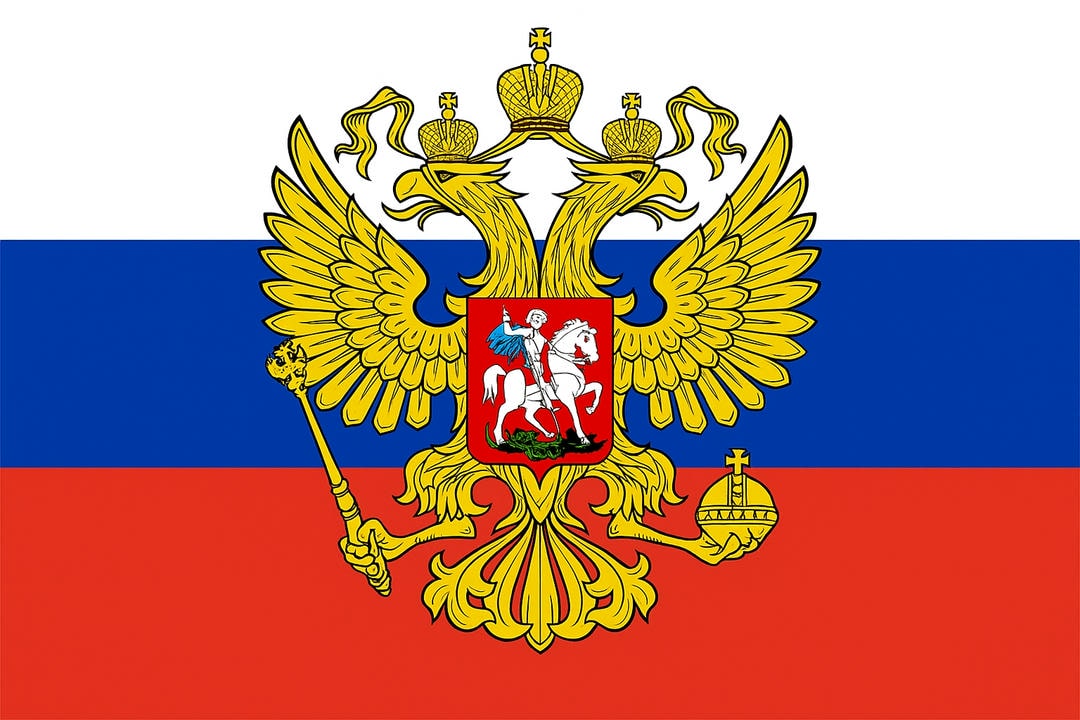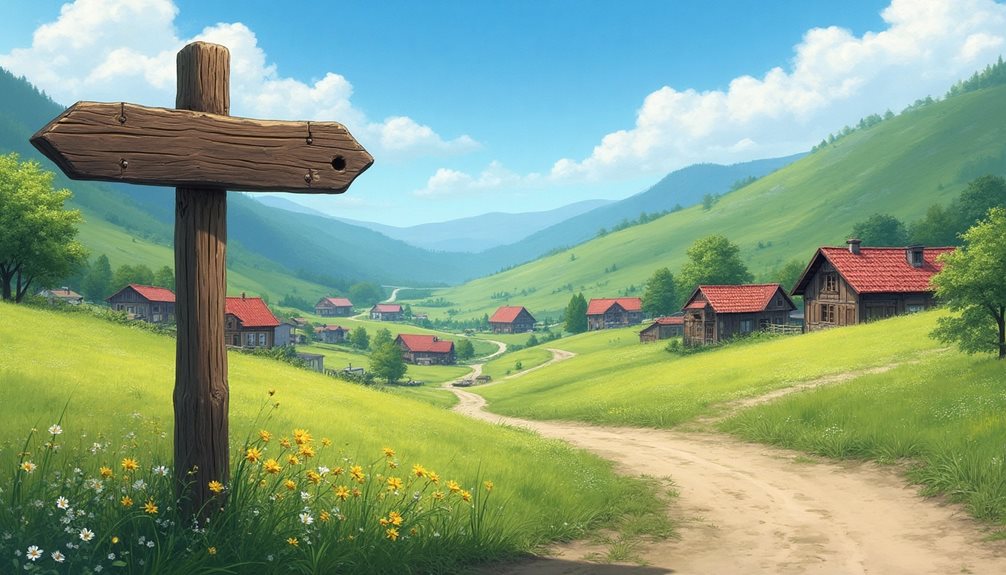Slavic mythology is rich with creatures that embody deep-seated cultural values and human emotions. Each beast carries symbolic weight, influencing both folklore and the everyday lives of the people. The duality of figures like the Rusalka reveals the complexities of nature and humanity. As these narratives unfold, they invite contemplation on the balance of chaos and protection. What lies beneath the surface of these enchanting tales? The exploration may uncover profound truths about existence itself.
The Fantastic Beasts of Slavic Mythology
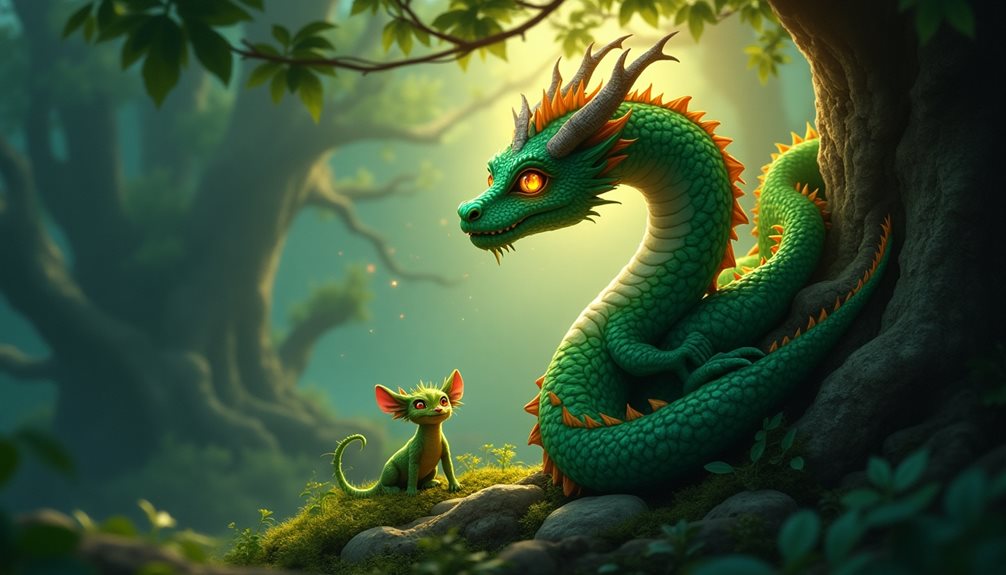
Slavic mythology is home to a remarkable array of fantastic beasts, each carrying deep symbolic meaning and reflecting the complex relationship between people and their environment. These creatures are more than just elements of old stories—they serve as cultural touchstones that express communal hopes, fears, and values while preserving the wisdom and imagination of generations.
Among these legendary beings is a glowing, majestic bird with fiery plumage, renowned for both its beauty and its danger. The bird’s feathers can light up entire rooms and its song is said to enchant listeners. Its presence in folklore often signals a quest for fortune, though the pursuit or possession of such a wonder can bring unexpected peril, highlighting the unpredictable nature of fate and the risks that come with unchecked ambition.
Another figure from Slavic tales is an immense, horned animal often likened to a unicorn or a prehistoric rhinoceros. Dwelling in remote mountains and intimately tied to the earth’s vitality, this creature stands as a symbol of strength, wisdom, and the majesty of nature itself. Legends claim that even rivers change their course rather than disturb it, reminding people of their place within the natural world and the importance of respecting it.
Stories also tell of a fearsome multi-headed dragon that terrorizes villages and demands tributes. With its many fire-breathing heads, this beast is nearly impossible to defeat. Such tales frequently center around heroic battles against the dragon, representing the enduring struggle between good and evil, order and chaos, and celebrating the courage and unity required to overcome overwhelming odds.
Slavic folklore includes accounts of mysterious water spirits inhabiting rivers, lakes, and forests. Often appearing as beautiful young women, these beings are associated with longing, transformation, and unfulfilled desire. In some traditions, they are nurturing spirits who bless crops; in others, they are vengeful entities who lure unsuspecting people to their doom. This duality mirrors shifting attitudes toward nature—both as a source of life and as a force that inspires fear—and explores themes of loss, love, and change.
Another mythical figure is a bird with the head and chest of a woman and the body of a bird. Its songs are so beautiful that they may drive listeners to forget everything else—sometimes causing madness or even death—though in other tales the music brings joy to pure-hearted souls. This creature personifies the soul’s yearning for freedom and transcendence, offering both inspiration and danger.
Guardianship of the forest is entrusted to a shapeshifting spirit famous for his cunning. Capable of appearing as a giant or shrinking to the size of a blade of grass, he is known for leading travelers astray or testing their respect for nature’s boundaries. Stories about this guardian reinforce the importance of living in harmony with the environment and respecting the mysterious forces that dwell within it.
Through these fantastical beasts, Slavic mythology weaves a tapestry rich with meaning—one that continues to resonate with those who seek to understand humanity’s place in a world shaped by wonder, danger, and the enduring power of story.
The Role of Mythical Beasts in Slavic Folklore
Mythical beasts are central figures in Slavic folklore, acting as both protectors and challengers to humanity. They symbolize not just supernatural forces but also everyday concerns—fertility, prosperity, disaster, and survival.
These creatures help explain natural phenomena, transmit moral lessons, and reinforce social norms. Stories about them were shared around firesides and at festivals, reinforcing group identity and passing down knowledge through generations.
The motifs found in Slavic mythology—such as transformation (Rusalka), temptation (Firebird), heroism (Zmei Gorynych), and guardianship (Leshy)—are echoed across cultures but carry unique local flavor rooted in the Slavs’ deep connection to forests, rivers, and seasons.
Slavic mythology continues to influence literature, art, music, and modern popular culture. These stories endure not just because they entertain but because they preserve historical wisdom about humanity’s relationship with nature and the mysteries of existence. By keeping these tales alive, communities maintain a sense of identity and continuity that stretches back centuries.
The fantastic beasts of Slavic mythology remain powerful symbols—reminding us of our collective past while inspiring new generations to reflect on their place within the world.
The Origins and Spread of Slavic Peoples

The Slavs trace their origins to the forest-steppe zone of Eastern Europe, between the Oder and Dnieper rivers, from around the early first millennium CE. Archaeological evidence—such as the Prague-Korchak and Penkovka cultures—along with early Byzantine sources, suggests the Slavic heartland was in present-day Poland, Ukraine, and Belarus.
During the Migration Period (4th–7th centuries CE), Slavic groups began moving extensively. Pressures from nomadic peoples and shifting alliances pushed them southward into the Balkans, westward toward Central Europe, and northward into the Baltic region. These migrations were neither sudden nor uniform; instead, small kin-based communities gradually filled power vacuums left by collapsing empires, such as Rome.
Slavic expansion led to contact with Germanic, Baltic, Finno-Ugric, Iranian, and Turkic peoples. Through trade and intermarriage, the Slavs adopted new technologies (like iron tools and agricultural methods), religious customs, and elements of governance. This cross-cultural interaction also shaped Slavic languages, giving rise to the three main branches: West Slavic (Poles, Czechs, Slovaks), East Slavic (Russians, Ukrainians, Belarusians), and South Slavic (Serbs, Croats, Bulgarians, Slovenes, etc.).
Ancient trade routes—including the Amber Road and river systems like the Dniester and Danube—served as arteries for commerce and cultural exchange. These routes allowed not just goods but also myths, rituals, and art styles to flow across regions, contributing to the diversity of Slavic societies.
By the early Middle Ages, Slavic peoples had established lasting settlements across a huge expanse of Europe. Their culture absorbed influences from Celtic, Thracian, Roman, Byzantine, and later Islamic civilizations. This adaptability fostered a patchwork of local traditions unified by shared linguistic roots, agricultural practices, social structures (like village assemblies called “veche”), and an enduring reverence for nature.
Pagan Beliefs and Animistic Worldview
Before the advent of Christianity, Slavic spirituality was deeply rooted in animism—the belief that spirits inhabit every aspect of the natural world. Rivers, forests, stones, and even household objects were thought to have their own consciousness or guardian entities.
Major deities included Perun (god of thunder and war), Veles (god of earth, waters, and the underworld), Mokosh (goddess of fertility and women), Svarog (sky god), and a host of lesser spirits. Slavs conducted rituals in sacred groves (“gaj” or “bor”), often on riverbanks or hilltops away from settlements. Here they made offerings such as bread, honey, mead, or animal sacrifices to honor deities and nature spirits.
Ancestral veneration was equally important. Families kept household shrines (“domovoi”) for ancestral spirits believed to protect the home. Totemism was sometimes practiced: clans or villages identified with animals like wolves or bears, symbolizing protective or guiding forces.
Folklore tells of domovoi (house spirits), leshy (forest guardians), and rusalka (water nymphs), reflecting the Slavs’ belief in a world teeming with invisible powers. Seasonal festivals—such as Kupala Night (summer solstice) and Maslenitsa (spring)—celebrated life cycles with bonfires, dances, and divination games.
Transition to Christianity and Mythic Preservation
Christianity began spreading through Slavic lands from the 9th century onward—first in Great Moravia via Saints Cyril and Methodius (who created the Glagolitic alphabet for Slavonic liturgy), then through Bulgaria, Kievan Rus’, Poland, and Bohemia. Conversion was gradual and often politically motivated; rulers adopted Christianity to legitimize their authority and forge alliances with Byzantium or Rome.
Despite efforts to root out pagan practices, many old beliefs persisted through syncretism. Folk Christianity blended saints with ancient gods—St. Elijah (Ilya) inherited traits from Perun; St. Nicholas took on Veles’ role as protector of livestock. Rituals like blessing fields or invoking house spirits continued under Christianized guises.
Oral storytelling played a vital role in preserving pre-Christian myths. Folklore festivals retained echoes of ancient rites: spring effigies symbolized death and rebirth; songs recounted epic battles between gods and monsters. Even today, holidays such as Ivan Kupala Night feature rituals with clear pagan origins.
This fusion created a distinct spiritual landscape where Christian doctrine coexisted with deep-rooted mythic traditions—a testament to cultural resilience and adaptability.
The Firebird: Radiant Harbinger of Fate
The Firebird (“Zhar-ptitsa” in Russian) is one of the most iconic creatures in Slavic mythology. Described as a majestic bird with glowing feathers that blaze like embers—shades of gold, red, orange—the Firebird radiates light even in darkness.
Legends typically cast the Firebird as both a blessing and a curse. In Russian tales such as “Ivan Tsarevich and the Firebird,” heroes embark on perilous quests to capture a single feather or the bird itself. Success brings fortune or enlightenment; failure spells doom or endless wandering.
Symbolically, the Firebird represents ambition—desire for wisdom or greatness—and the dangers of overreaching. Its appearance can foretell great change: prosperity for those who are worthy or disaster for those who act out of greed.
Artistic depictions grace everything from lacquer boxes to ballet performances (notably Stravinsky’s “The Firebird”). While Russian stories frame it as a prize to be won, Ukrainian versions sometimes see it as a messenger from the spirit world—a bringer of fate rather than fortune.
Comparison to the Phoenix and Other Mythic Birds
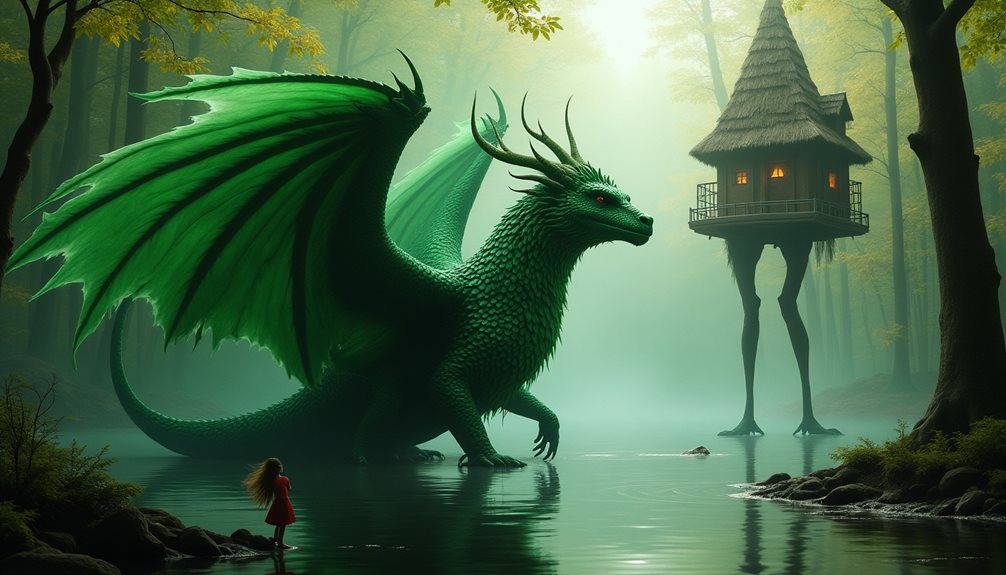
Though often likened to the Greek-Egyptian Phoenix—a bird that cyclically dies in flames and is reborn from its ashes—the Firebird is distinct in both meaning and mythological role. The Phoenix symbolizes immortality and resurrection; its fiery death is an act of renewal.
In contrast, the Firebird’s flames are not about self-destruction but rather about transformation through challenge. It is less a symbol of rebirth than of elusive enlightenment—its capture changes destinies but also brings unforeseen trials.
Other mythic birds appear across Eurasia: the Persian Simurgh is an ancient wise being; India’s Garuda is both divine mount and enemy of serpents; Finland’s Sampo bird brings luck or loss depending on who seeks it. Such tales highlight universal themes of desire, sacrifice, risk, and reward.
Indrik: The Elusive King of Beasts
Indrik (“Indrik-zver’”) is considered the lord of all animals in Russian folklore—sometimes described as a giant unicorn or hybrid beast dwelling on Mount Indrik (a mythical mountain at the world’s edge). Its name possibly comes from “unicorn” via Old Russian translations of bestiaries.
Indrik is said to be so powerful that when it moves, rivers change course and forests tremble. It drinks only from pure springs and is rarely seen by humans—a symbol of purity and harmony with nature. In some tales it acts as a guardian spirit; in others as an omen or judge during times of crisis.
Art often depicts Indrik with features borrowed from elk, horses, or rhinoceroses (reflecting unfamiliarity with exotic fauna). This creature bridges natural history with allegory—a metaphor for unattainable ideals or harmony between humanity and wilderness.
Role in Bestiaries and Symbolism
Slavic bestiaries cataloged creatures real and imagined for moral instruction. Indrik’s dual nature—as both gentle protector and fearsome judge—served as a reminder that nature is both nurturing and unpredictable.
Its symbolic power lies in its rarity: meeting Indrik could mean death or revelation. The beast’s stories encourage respect for natural forces and humility before things humans cannot control.
These tales reinforced community identity by linking local geography to myth (“our forest is watched by Indrik”), shaping collective memory and folklore rituals.
Zmei Gorynych: The Multi-Headed Dragon
Zmei Gorynych is among the most recognizable dragons in Russian fairy tales—a monstrous serpent with three (sometimes more) heads that spew fire. Its name combines “zmei” (snake/dragon) with “gora” (mountain), hinting at its lair deep within inhospitable terrain.
Legends portray Zmei Gorynych as both destroyer—ravaging villages or abducting maidens—and gatekeeper to heroism. Heroes like Dobrynya Nikitich battle Zmei Gorynych to prove their courage or rescue captives.
Each head can represent different dangers: physical might, cunning trickery, supernatural power. Some versions suggest that only by severing all heads can chaos be defeated—a metaphor for overcoming multifaceted threats.
Modern literature and animation often reimagine Zmei Gorynych for new generations—sometimes as a bumbling trickster rather than a pure villain—yet its essential symbolism endures.
Dragons as Guardians and Adversaries
In Slavic thought, dragons do not always signify evil. Some stories cast them as guardians of treasure or sacred knowledge—protectors who test the worthiness of those who seek passage or enlightenment.
Their dual role underscores a worldview where good and evil are intertwined; confronting chaos is necessary for order to prevail. The hero’s journey against Zmei Gorynych mirrors social struggles against oppression or adversity.
Dragons also serve as reminders of natural forces that can either nurture agriculture (rain-bringing serpents) or unleash disaster (drought-bringing monsters).
Symbolism of Chaos and the Underworld
The underworld in Slavic cosmology—sometimes called “Nav”—is a shadowy parallel realm inhabited by spirits of ancestors, lost souls, or chthonic beings like Vodyanoy (water spirits) or Rusalka (restless feminine ghosts). It is associated with unpredictability: life emerges from death; order from chaos.
Monsters like Zmei Gorynych often emerge from these dark places during times of crisis (floods, droughts), serving as externalizations of communal fears. Myths about underworld journeys or battles reinforce cultural values about courage, humility, and respect for life’s mysteries.
Other Notable Beasts
Slavic folklore teems with unique creatures beyond dragons:
- Leshy: Forest spirit depicted as a shape-shifting man covered in moss or bark. Leshy protects wildlife; angering him leads travelers astray.
- Rusalka: Water nymphs linked to drowned maidens or unquiet souls; their beauty conceals danger—luring men to watery deaths.
- Domovoi: Household spirit acting as guardian angel if treated respectfully; mischievous if neglected.
- Baba Yaga: Witch-like figure living in a hut on chicken legs; alternately helper or hindrance to heroes.
- Morozko: Frost spirit controlling winter’s cold; rewards respect but punishes arrogance.
Each being reflects lessons about nature’s unpredictability and social values like hospitality or humility.
Rusalka: Water Spirits’ Dual Nature
Rusalki are among the most evocative figures in Slavic legend—beautiful yet tragic female spirits inhabiting rivers or lakes. Their origins vary: some arise from women who died young or by drowning; others are simply elemental beings tied to water’s life-giving yet dangerous aspects.
Rusalki can be benevolent—watering crops or singing at night—or vengeful toward those who disrespect nature. Their presence in poetry (e.g., Pushkin) highlights themes of love lost, longing for redemption, and nature’s indifferent power.
Festivals like Green Week (“Zelyonaya Nedelya”) once honored rusalki with songs and wreaths thrown into rivers—a plea for good harvests and protection against misfortune.
Sirin: Bird-Woman’s Songs
Sirin is depicted as half-woman, half-bird—often an owl or lark—with a hauntingly beautiful voice whose songs lure listeners into dreams or even death. She may represent lost souls seeking reunion with loved ones or divine messengers warning mortals about fate.
In medieval Russia, Sirin was sometimes conflated with Christian angels yet retained her ambiguous allure—a symbol of inspiration tinged with melancholy. Her image appears on manuscripts and church frescoes alongside her opposite—the Alkonost—whose song brings joy rather than sorrow.
Sirin embodies both hope (promise of paradise) and peril (danger of forgetting earthly duties), reflecting complex attitudes toward beauty, temptation, and destiny.
Chuma and Bukat: Plague Personifications
Chuma personifies plague—her name literally means “plague” in several Slavic languages—and is envisioned as an old woman draped in rags carrying a broom or scythe. Her appearance portends death on a massive scale; whole villages would perform rituals hoping to ward her off during epidemics.
Bukat represents fear itself—a shadowy figure lurking at the edge of consciousness during crises. Stories about Bukat were used to explain mass hysteria or inexplicable misfortunes.
These personifications helped societies cope with trauma by giving shape to invisible dangers—making calamity comprehensible through ritual action (burning effigies) or moral reflection (“Stay indoors at night”).
Sudanit and Other Dragons
Sudanit (or Sudarzit) is less well-known but appears in some regional tales as a dragon who can be both protector—guarding communities against invasion—and destroyer if angered by disrespectful behavior.
Dragons like Sudanit reflect ambivalence toward power: symbols of sovereignty when friendly but existential threats when opposed. They personify natural disasters (floods, fires) that can be harnessed but never fully controlled.
Such figures reinforce lessons about humility before fate—and the need for wise leadership able to negotiate peace between humanity and greater forces beyond its understanding.
These mythical beings continue to inspire art, literature, music, and film throughout Eastern Europe today—not just as relics of old belief systems but as living symbols expressing timeless questions about human nature, community, morality, and our relationship with the unknown.
